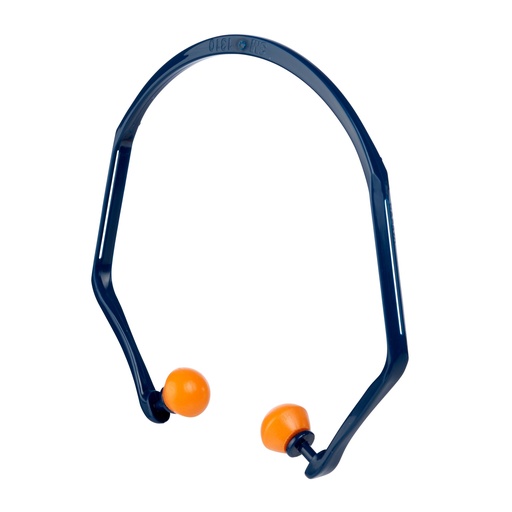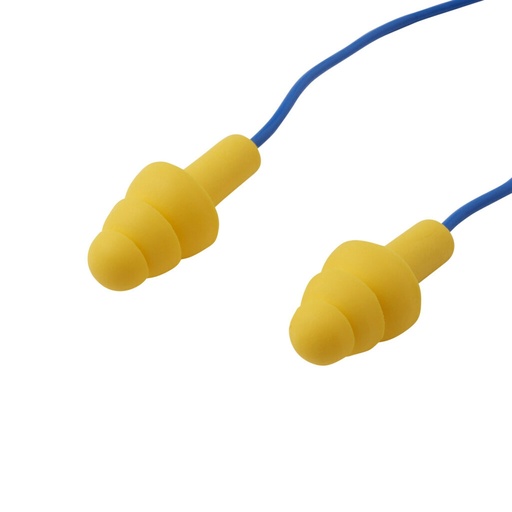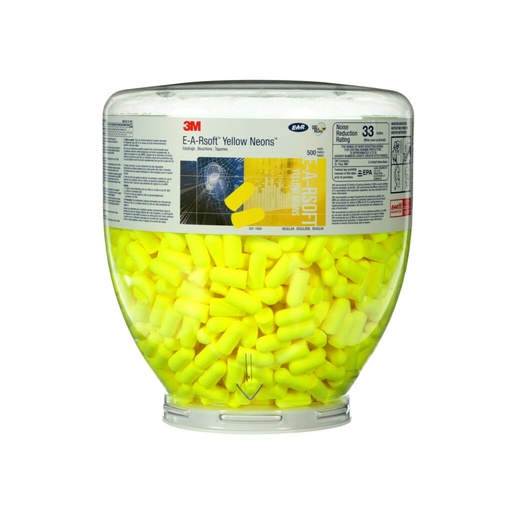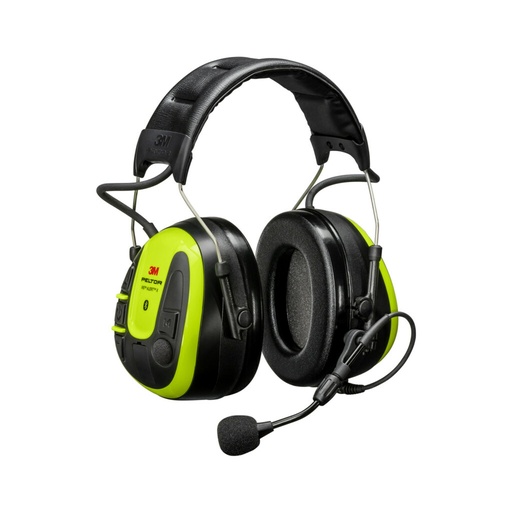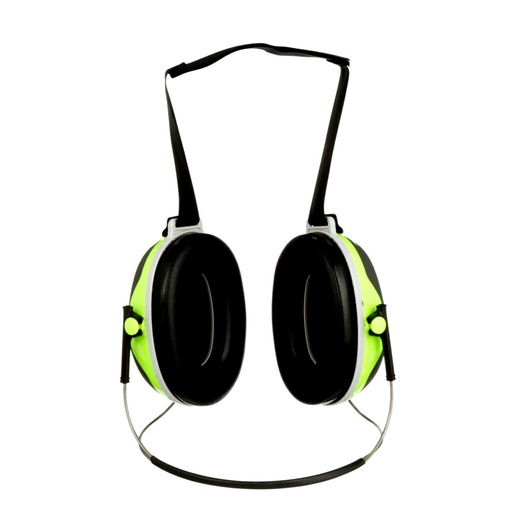The purpose of hearing protectors is to protect your hearing from harmful noise. In the construction and industrial sectors, the noise often grows very high. Harmful noise can cause hearing damage, such as tinnitus, so it is important to take care of safe and correct hearing protection.
According to Finnish regulations, hearing protection must always be used in workplaces when the noise level exceeds 85 decibels (dB). If the noise level exceeds 80 decibels, as an employee you are entitled to wear hearing protection. (Työterveyslaitos.)
Choosing hearing protection
There are many different types of hearing protection available. Choosing the right one is influenced by your own preferences, suitability for the job, the required damping level and fit. Different types of hearing protection are earplugs and earmuffs. The hearing protectors also have different features, such as active hearing protection, radio, anti-noise feature and communication.
When choosing a hearing protector, take into account the protective power of the hearing protector. Protection power is indicated in decibels, for example 30 dB, which means that the protector reduces the noise level by 30 decibels when used correctly. The noise level inside the protectors should be 75 dB-80 dB (Työsuojelu 2020).
Ear plugs
Earplugs are available without a band and with a band or strap. The protection power in earplugs is usually around 30 dB. The protective effect depends, among other things, on the model, size and material of the plug. Earplugs are available without a band and with a band or strap. The protection power in earplugs is usually around 30 dB. The protective effect depends, among other things, on the model, size and material of the plug.
In order for the protection to be as effective as possible, the plugs must fit well in the ear and be correctly placed. Replace the disposable plugs with new ones after use and take care of the cleanliness of your hands when you put the plugs in your ears.
We recommend:
See all
Earmuffs
There are many different versions of earmuffs. Think about what features you need or want from protectors in addition to protection, whether you need passive or electronic protectors, and whether you need harnessed or helmet-mounted headphones.
Passive hearing protectors reduce the noise level mechanically by blocking sound waves. Passive protectors are well suited for situations where noise is continuous and communication is not important. (3M.)
You can check out our online store's passive hearing protectors here.
Electronic hearing protectors, on the other hand, use technology to help workers hear their surroundings, communicate, or contain other useful features. Electronic protectors are excellent for intermittent noise and situations where communication is important. (3M.)
We recommend:
Pyydä tarjous ottamalla meihin yhteyttä
See all
When using earmuffs, make sure that the seal of the protector is directly against the skin and there is no hair, beard, clothing or anything else between it, as this reduces the effectiveness of the protector. Safety glasses and spectacles should be thin-rimmed when used with earmuffs. (Työterveyslaitos.)
Maintenance and supplies
Hearing protectors should be taken care of so that they last longer, remain comfortable to wear and provide the best possible protection. With the help of hygiene sets, you can maintain the hygiene, comfort and protection of the hearing protector. The hygiene sets include the protector's new pads and seals. Changing the pads is recommended every 6 months (3M), because when the pads harden due to dirt and sweat, they can become uncomfortable and painful to use.
See all hygiene kits and accessories in our online store here.
Need help?
Jos tarvitset apua sopivien kuulonsuojaimien valintaan tai tarvitse lisätietoa, ota meihin yhteyttä. Autamme mielellämme!


